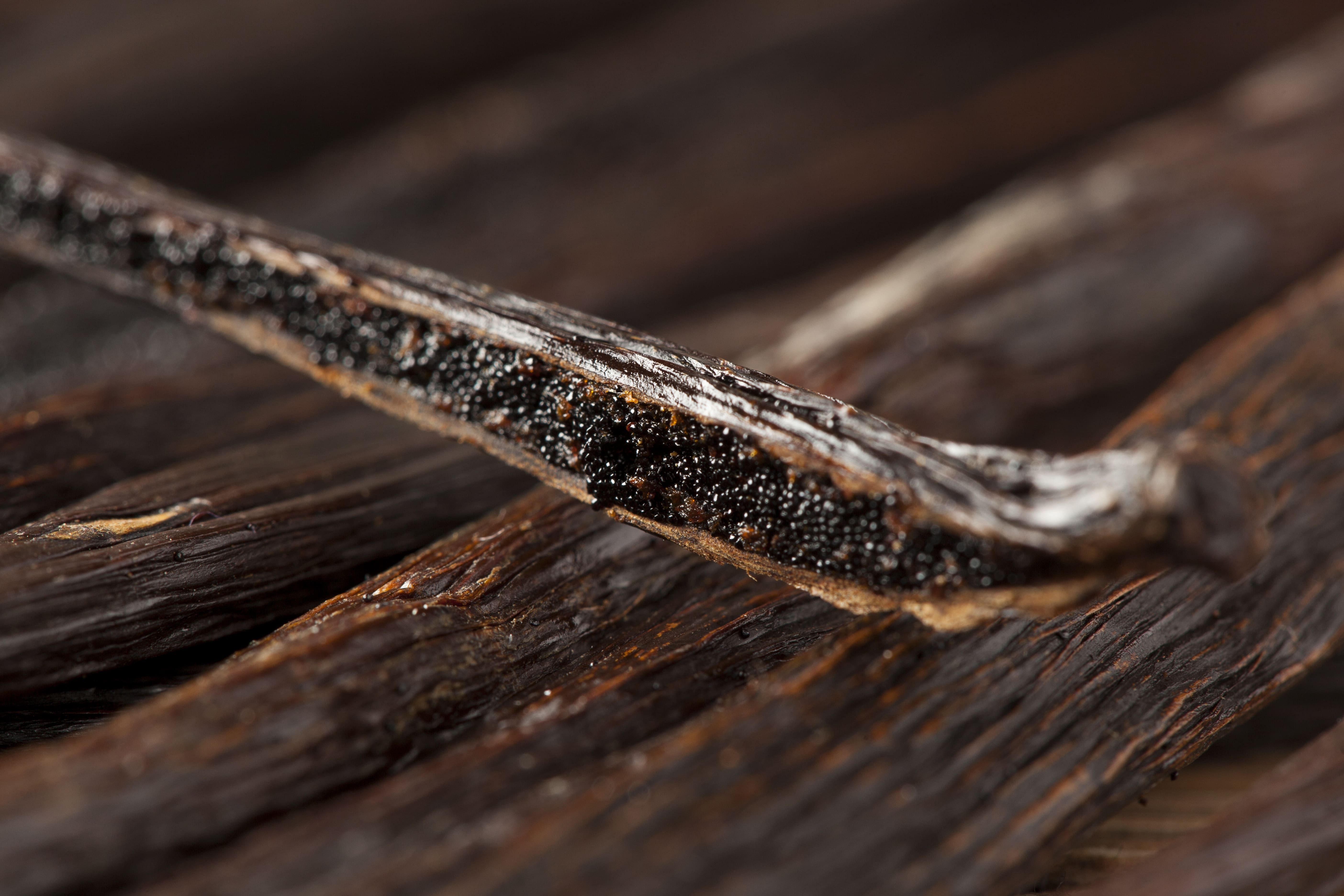Get to Know the Market with TRIDGE - Madagascar Vanilla
Download the Full Report Here (PDF)
Madagascar Vanilla in the Global Market
Madagascar vanilla has been well known to dominate the global vanilla market, with a staggering 80% share of (Bourbon) vanilla supply. Other vanilla producers in the market include Indonesia, Tahiti, Papua New Guinea, and Mexico, but consumer demand has favored Madagascar’s classic taste. Exported vanilla can come in various forms such as extract, powder, beans, and paste.
Madagascar has maintained its prominence in the market despite the rise of synthetic vanilla and onslaught of natural disasters. The government of Madagascar aims to uphold the reputation of its vanilla products with new regulations in its value chain and minimize the level of volatility.
Tridge Market Insights
Tridge has collaborated with producers and exporters of Madagascar vanilla, to provide an in-depth look at the current state of the Madagascar vanilla industry, with exclusive insights on the dynamics of the actors within the value chain, price determinants, and developments within the market.
The report includes the unique traits and the different types of Madagascar vanilla, recent production trends in the global vanilla industry, the actors within the complex value chain, a historical view on vanilla prices, margin structure, the export landscape, as well as its challenges and market outlook.

Analysis of the Madagascar Market
Production of Vanilla
Global vanilla production saw a gradual decline from 2010 among top world producers, while Madagascar produced 1200MT in 2014. In 2016, the production volume dropped to 6,530 tonnes, falling with a CAGR of -4.2% from 2007 to 2016. Production levels recovered since then in 2018. The greater yield was mostly due to the maturing of green vanilla pods and improved curing rates. If the 2020 Madagascar crop reaches its full potential, it is expected that the harvest could reach 2,000 tonnes. However, the global production volume is still largely under the demand volume, keeping the market price at a high level.
Supply Chain of Madagascar Vanilla
The main actors in the distribution chain are the farmers, collectors, exporters, importers, and end buyers that usually consist of retailers and international food companies. Except for a few large companies that work directly with the farmers, the sector is not vertically integrated. There is no official number for each actor, but it is estimated that there are around 70,000~80,000 farmers, 6,000 collectors, and around 40 major exporters.
Price Settlement Factors in the Vanilla market
For the past few years, prices have been on a rising streak again, hitting the USD 600 per kg mark in 2018 (matching the price of silver), before steadying at the USD 420 per kg mark last fall, with prices not expected to fall below USD 400 per kg. The increase in prices is attributed to the rising demand for “natural” vanilla ingredients as opposed to chemical flavoring by consumers.
Prices in the wholesale market in Madagascar are 7.5 to 8 times more expensive than the prices of green vanilla beans found in the farmgate level (disregarding additional costs).
Distribution of Vanilla beans - The End Consumption Channel
Vanilla is a complex business where many layers of intermediaries are involved, and the connection between each actor is powerful. Trading companies and brokers play an important role in importing vanilla beans and distributing the products to packers and fragrances houses which process the vanilla into its final form and provide them to the end consumption channels. Approximately 40% of the vanilla is sold for food purposes while the remaining are used for cosmetic and industrial purposes.
Export Landscape and Outlook for Madagascar
The countries with the highest consumption rate are the US (42%), France (18.8%), Germany (11.8%), and Canada (4.3%). The high level of vanilla consumption in these countries is due to its widespread use in the food and perfume industries with the existence of major global manufacturers. In terms of exports from Madagascar, the US, France, Germany, Mauritius, and Canada were the top destinations, exhibiting a similar pattern.
Farmers and exporters remain disconnected within the supply chain, creating more room for price volatility and decreasing the opportunity for higher margins for both ends. Trust and cooperation are key, but a long-run history of fraud and money-motivated behavior will make it difficult for co-ops and the government to rebuild the current system.
Table of Contents
1. Market Overview
- Quality Standards of Vanilla
Grades of Vanilla
2.The Supply Chain of Madagascar Vanilla
-Vanilla Farming: Production Areas & Cost
-The Supply Value Chain: Main Actors in Distribution
-Government Roles
-Financiers in the Market
-Trust Issues in Vanilla Trade
3. Price Settlement Factors in the Market
-Recent Trends in Global Prices
-Farmgate and Wholesale Price
-Government Interventions on Export Price
-Margin Structure: Who Gains the Biggest Profit Margin?
4. Importers and End Consumption Channels
-Who are the Importers Engaged in Vanilla Trade
-The End Consumption Industry
Food Manufacturers
Cosmetics Industry
5. Export Landscape and Outlook
-Key Export Destinations of Madagascar Vanilla and Recent Trends
North America
Europe
Middle East
Latin America
-Challenges in Vanilla Export and Market Outlook
